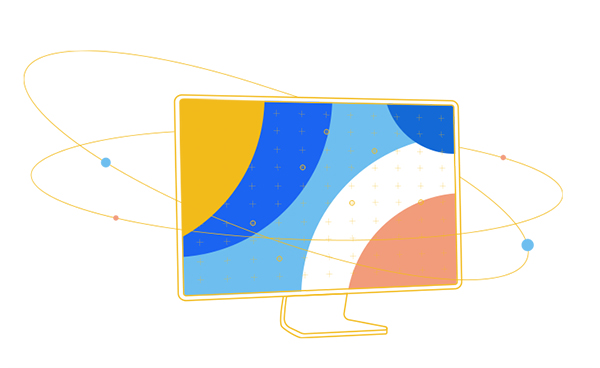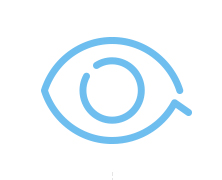-
Precise Simulation of Biological Mechanisms
Simulation is not a black box
Quantitative simulation of signalling pathway activities
Intuitively describe etiology and pathology
-
Broad Coverage of Diseases and Drugs
30+ pan-solid tumors
100+ pathological types
Autoimmune diseases
Small-molecule inhibitors or agonists,
Monoclonal antibodies
Bispecific antibodies,
Fusion proteins, Cell therapy
-
In-depth Understanding of Diseases and Targets
Etiology, Pathology,
Characteristics of susceptible population,
Diagnosis, Treatment, Prognosis, Follow-up
Biological mechanism, Indications, Preclinical studies, Drug efficacy and prognosis, Lack of significant efficacy, Improvement of drug resistance, Biomarker for efficacy and screening drug-sensitive patients, Genomics evidence, Adverse effects, Pharmacokinetics
-
High Return on Investment (ROI)
The MOAs and virtual clinical trials
simulation of a specific drug can be performed using data with a small sample size.
The results directly reflect the underlying
biological mechanism and can be seamlessly followed by wet lab validation.

